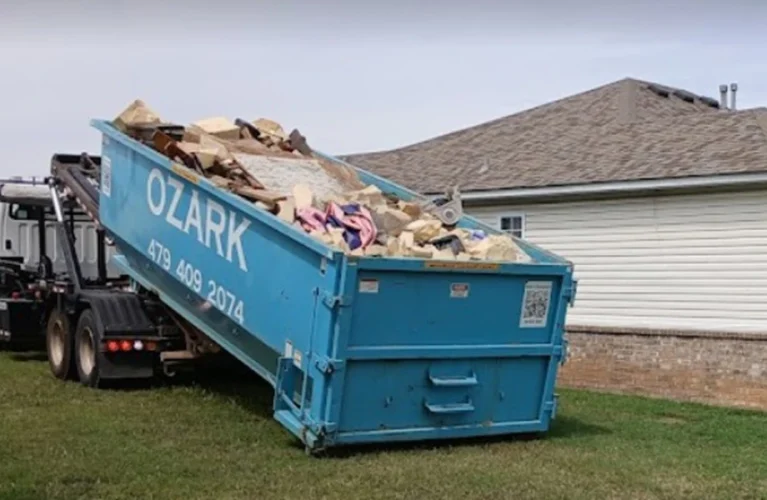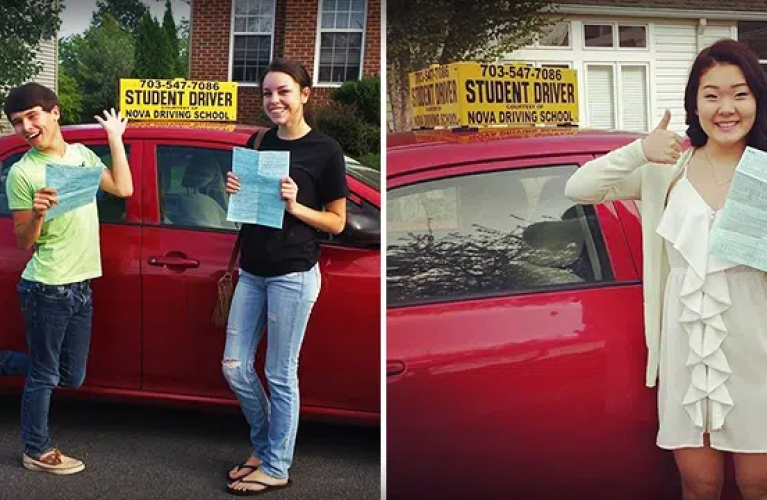Exploring FPV Drone Equipment: A Complete Guide for Drone Enthusiasts
Drones have revolutionized various industries, from filmmaking and photography to agriculture and delivery services. Among the various types of drones, FPV (First Person View) drones have gained immense popularity, particularly among hobbyists and racing enthusiasts. If you’re new to the world of FPV drones or considering upgrading your current setup, this guide will provide you with all the essential information about equipo fpv drone and how it enhances the overall drone experience.
What is an FPV Drone?
An FPV drone is equipped with a camera that streams live video to a display, such as goggles or a monitor, allowing the pilot to see from the drone’s perspective. This immersive experience is akin to flying within the cockpit, offering a thrilling sensation unmatched by traditional line-of-sight (LOS) flying.
FPV drones are commonly used for drone racing, freestyle flying, and capturing cinematic footage in challenging environments. The real-time video feed enables precise control and navigation, making FPV drones a favorite choice among drone enthusiasts and professionals alike.
Essential FPV Drone Equipment
To get started with FPV drones, you’ll need several key components. Let’s take a closer look at the essential FPV drone equipment:
- The Drone Frame The frame is the foundation of your FPV drone. It houses all the components and provides structural support. FPV drone frames come in various sizes and materials, such as carbon fiber, which offers a lightweight yet durable option. When selecting a frame, consider factors like weight, size, and durability, as these will impact the drone’s agility and flight characteristics.
- FPV Camera The FPV camera is crucial for providing the live video feed to the pilot. High-quality FPV cameras are designed to handle fast movements and challenging lighting conditions. Look for cameras with low latency, wide dynamic range, and adjustable settings to optimize the viewing experience. Popular FPV camera brands include RunCam, Foxeer, and Caddx.
- Video Transmitter (VTX) The video transmitter (VTX) sends the live video feed from the FPV camera to your goggles or monitor. VTXs come in different power outputs, measured in milliwatts (mW), which determine the range and signal strength. A higher power output generally means better range but may require more power consumption and can lead to interference. It’s important to choose a VTX that matches your flying style and environment.
- FPV Goggles or Monitor FPV goggles or a monitor are used to view the live video feed from the drone. FPV goggles offer an immersive experience by blocking out external light and providing a clear view of the video feed. Some popular FPV goggles include the DJI FPV Goggles, Fat Shark HDO2, and Skyzone SKY04X. Monitors are an alternative option and are often preferred by beginners or those who want to share the flying experience with others.
- Radio Transmitter and Receiver The radio transmitter and receiver allow you to control the drone. The transmitter is the remote control you hold, and the receiver is mounted on the drone. When selecting a radio system, consider factors like range, response time, and the number of channels. Popular brands like FrSky, Spektrum, and FlySky offer reliable options for FPV drone pilots.
- Flight Controller The flight controller is the brain of your FPV drone. It processes input from the radio transmitter and sensors to control the drone’s motors and stabilize flight. Modern flight controllers come with advanced features like GPS, barometers, and accelerometers, which enhance flight performance and safety. The flight controller also allows for fine-tuning and custom flight modes, making it an essential component for any FPV drone setup.
- Motors and ESCs Motors and Electronic Speed Controllers (ESCs) work together to control the drone’s propellers. Brushless motors are commonly used in FPV drones due to their efficiency and power. The ESCs regulate the power sent to the motors, ensuring smooth and responsive control. When selecting motors and ESCs, consider factors like thrust, KV rating, and compatibility with your drone frame and battery.
- Batteries Lithium Polymer (LiPo) batteries are the most commonly used power source for FPV drones. They offer a high energy density, which provides the necessary power for fast and agile flight. When choosing a LiPo battery, pay attention to the voltage (measured in cells or “S”) and capacity (measured in milliamp-hours or mAh). The right battery will depend on your drone’s power requirements and flight time preferences.
- Propellers Propellers, or “props,” are responsible for generating the lift and thrust needed to keep the drone in the air. FPV drone propellers come in various sizes, shapes, and materials. The choice of propellers will affect the drone’s speed, stability, and maneuverability. It’s a good idea to have multiple sets of propellers on hand, as they can wear out or break during flights.
Choosing the Right FPV Drone Equipment
Selecting the right FPV drone equipment depends on your flying goals, experience level, and budget. Beginners may opt for ready-to-fly (RTF) kits that include all the necessary components, while experienced pilots might prefer to build their custom setups. When choosing equipment, consider the following:
- Purpose: Are you flying for fun, racing, or capturing cinematic footage? Each purpose may require different equipment specifications.
- Skill Level: Beginners should start with simpler, more forgiving setups, while advanced pilots can explore more complex and high-performance components.
- Budget: FPV drone equipment can range from affordable to high-end. Determine your budget and prioritize components that will have the most impact on your flying experience.
Tips for Maintaining FPV Drone Equipment
Maintaining your FPV drone equipment is essential for ensuring long-lasting performance and safety. Here are some tips:
- Regular Inspections: Before each flight, inspect your drone for any signs of wear or damage, especially on the propellers, motors, and wiring.
- Cleanliness: Keep your FPV camera lens, goggles, and other components clean to ensure clear video feed and optimal performance.
- Firmware Updates: Regularly update the firmware on your flight controller, radio transmitter, and other components to take advantage of new features and improvements.
- Battery Care: Store and charge your LiPo batteries properly to prevent damage and extend their lifespan.
Conclusion
FPV drones offer an exhilarating way to experience flight, whether you’re racing, performing acrobatics, or capturing stunning aerial footage. By understanding the essential FPV drone equipment and making informed choices, you can enhance your drone experience and achieve your flying goals. Whether you’re a beginner or a seasoned pilot, investing in quality equipment and maintaining it properly will ensure you get the most out of your FPV drone adventures.











